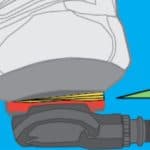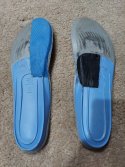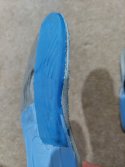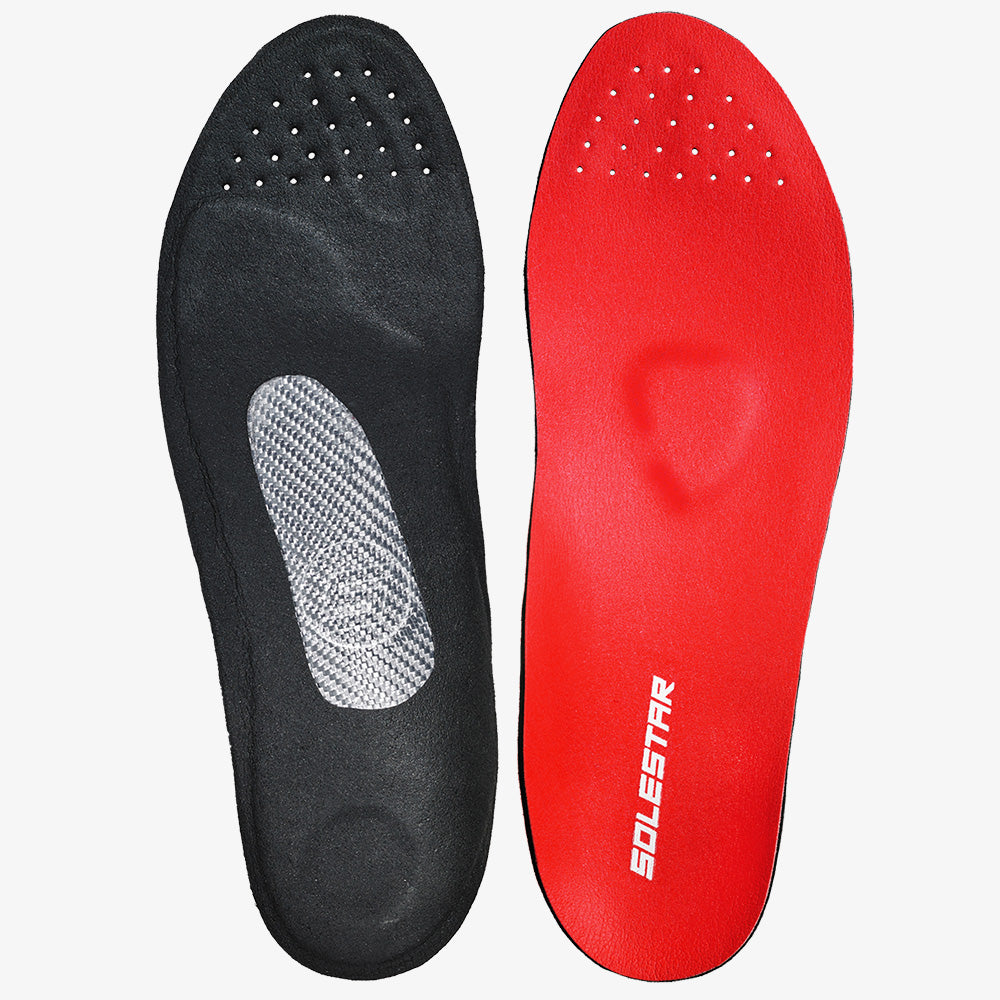And I'll get us started.
Did some recent changes to the bikes and found a major problem with numbness on the outside of my foot. Always been a minor problem but now it was becoming ride stopping/ending.
If felt like I needed to balance my shoes a bit. So some googling led me to the left/right shims for cleats. Ok, so how do those work and why (because yet more money into the bikes). I Did some digging and finally found this article that filled in the knowledge gaps
By Rick Shultz, MBA, DBA Years ago, I took my first ‘Bike Fitting’ course. It was called ‘Foot Pedal Interface’ offered by BikeFit. It is a very good course and I highly recommend it as a basic requirement for all bike fitters. Why? Because the Foot/Pedal interface is one of the most neglected...

www.roadbikerider.com
I'm going to summarize it and steal some photos in case it goes away
Valgus or Varus?
Who knew? In short (read the article), the pedal is fixed permanently flat in its rotational travel (even if the bike moves, the relative access is flat) Most of us don't have flat feet we have Varus or Valgus tilts. The 4% flat is probably from the 1950's who invented the skinny race bike

.
I think I mitigated most of this problem is the past with really tight race shoes that fit well and had heat-molded insoles. I did not have the cash for that on the new shoes because prices went up so much over the last 7 years, so the current shoe is using insoles that are just pre-set and not heat molded, and my problem got a lot worse.
To test this, I stuffed a washer under one corner of the cleat; ok I could feel a difference, not a solve. but better.
There doesn't appear to be a way to see if you are Varus or Valgus without fancy measuring. But there is trial and error.
I ordered some proper 1mm and 2mm cleat wedges from Amazon $16 for a pack with both. I now need to do these test
1. 2mm Varus shim - The ride was definitely better, but felt it in the knee
2. 1mm Valrus shim - pending
3. 2mm Valrus shim - pending
4. 1mm Varus shim - pending
Because I felt it in the knee, I'm going to pay attention to the Q-factor too (also discussed in the article and something I did understand but probably under managed; I have a bad habit of "randomly using pedal washer forgetting they aren't for "protecting the pedals") Shimming can impact the Q-factor so to extend my testing I will:
Pick the best 1mm feeling shim (Varus or Valrus) and continue
1. Add 1mm pedal washer to each side - pending
2. Add 2mm pedal waster to each side - Test
3. Determine which feels better (1 or 2mm) and then try the corresponding 2mm shim to see if it's better or worse
Unless I have a "major" pain issue each test will be a Full 1-3 hour work out ride on the training so I can best understand the impact over a long right. After it's tested indoors I'll try it on the outdoor bike and see if it transfers or needs tweaking for there.
The cleat position will be full rearward the entire time.








